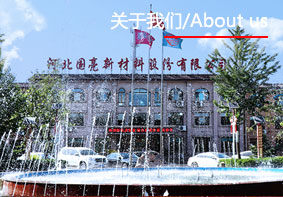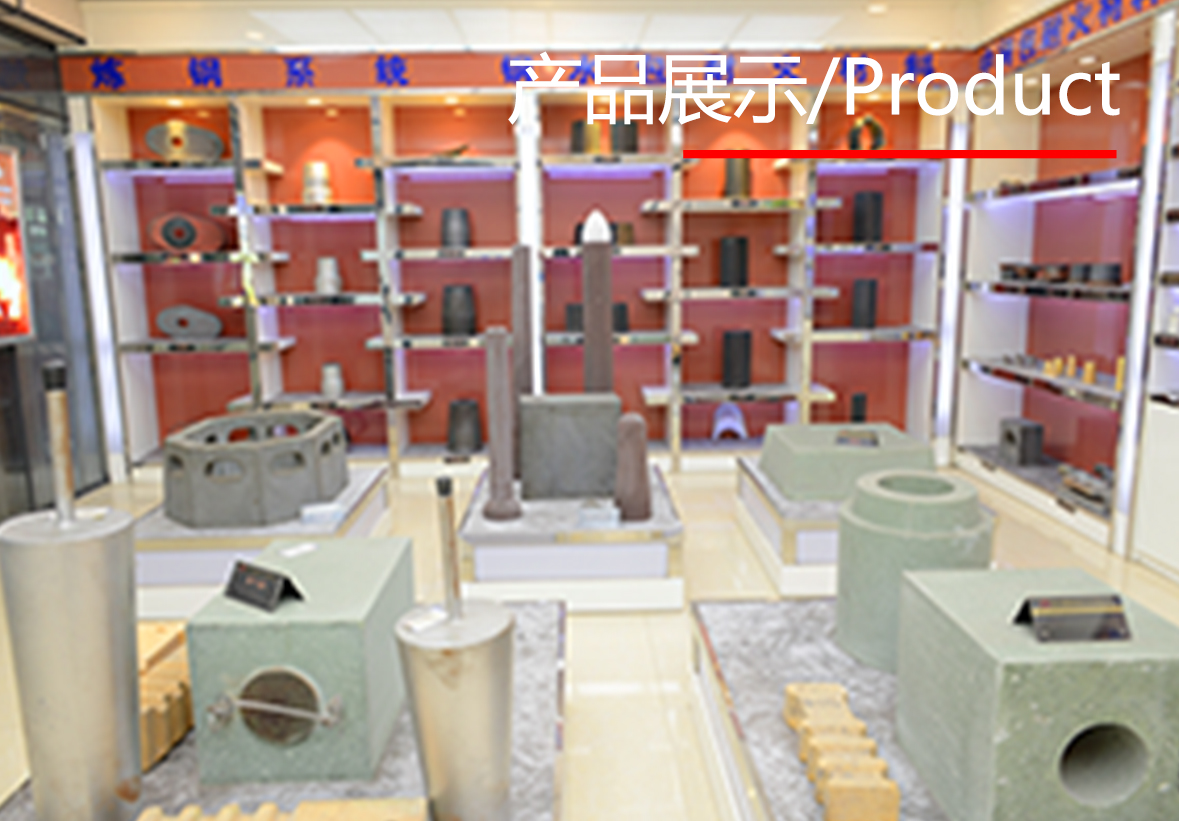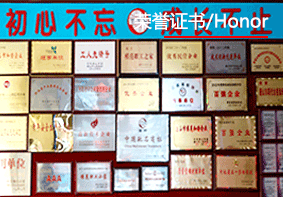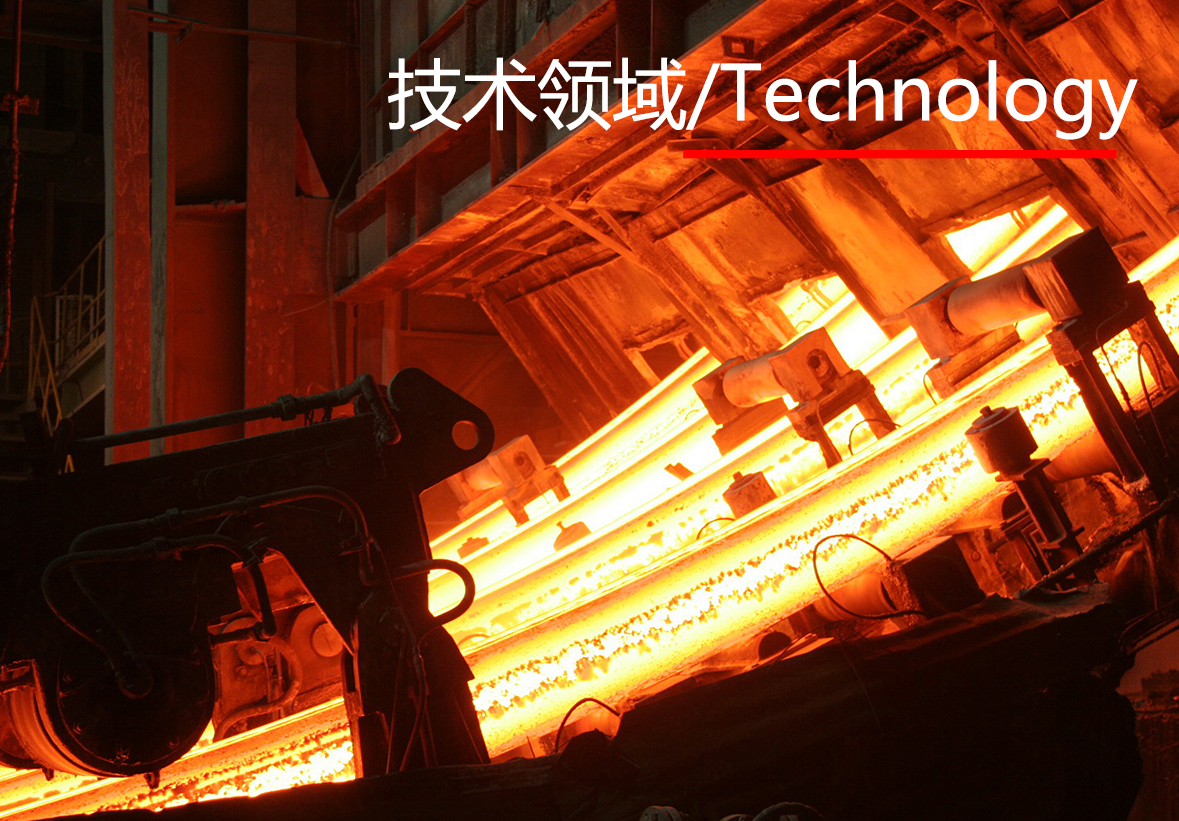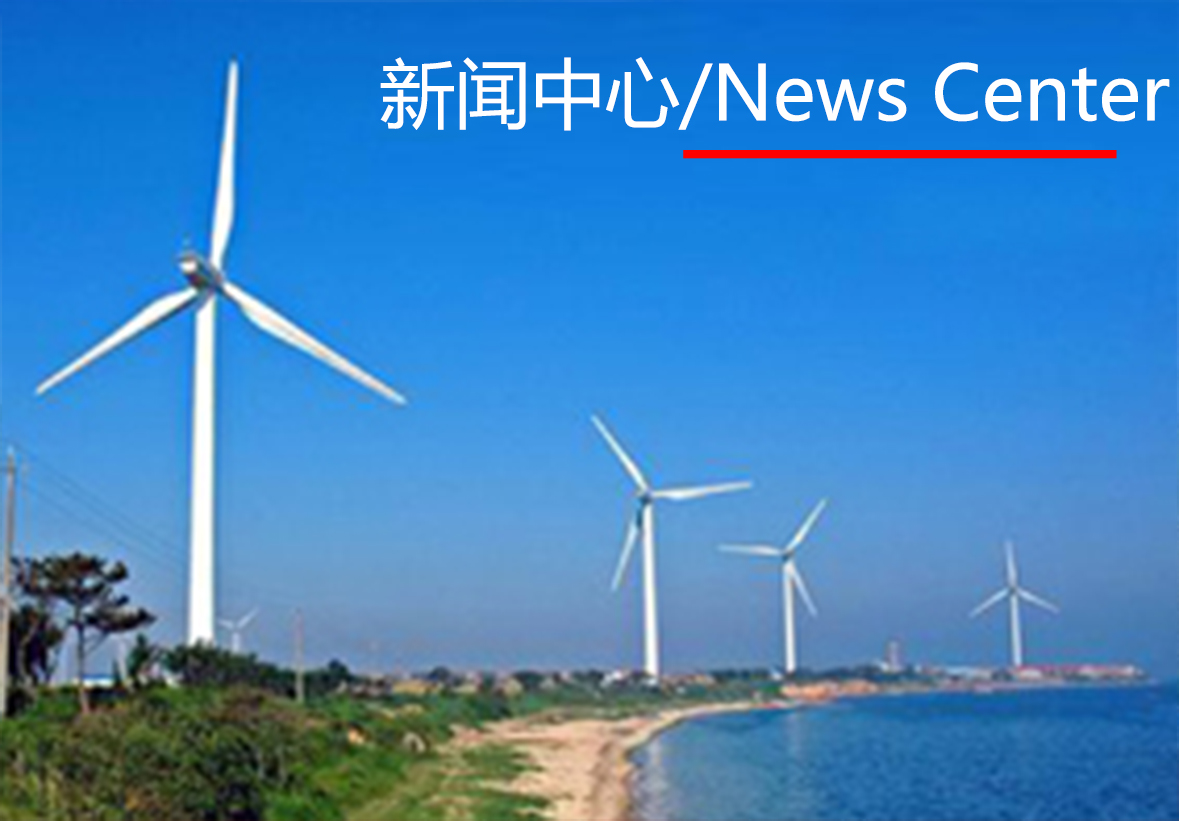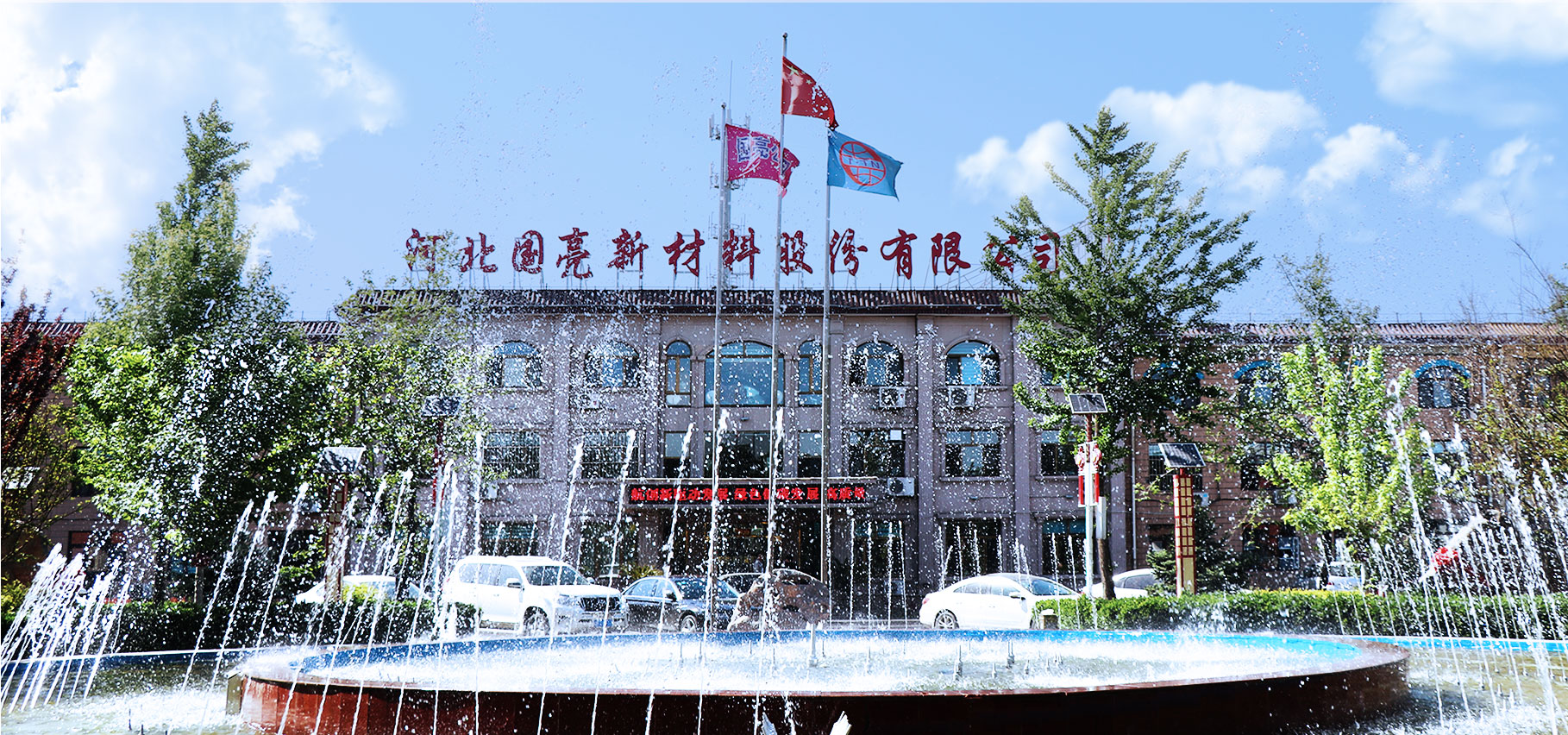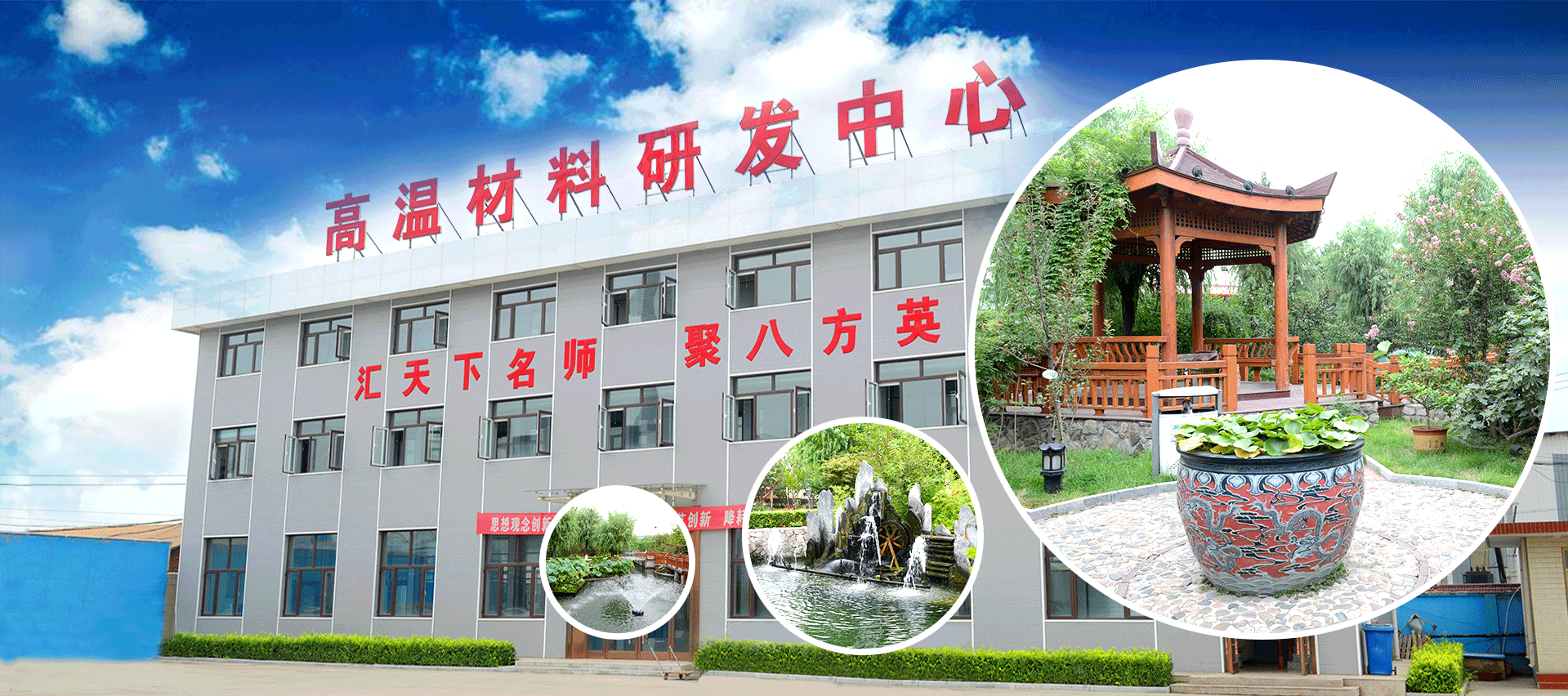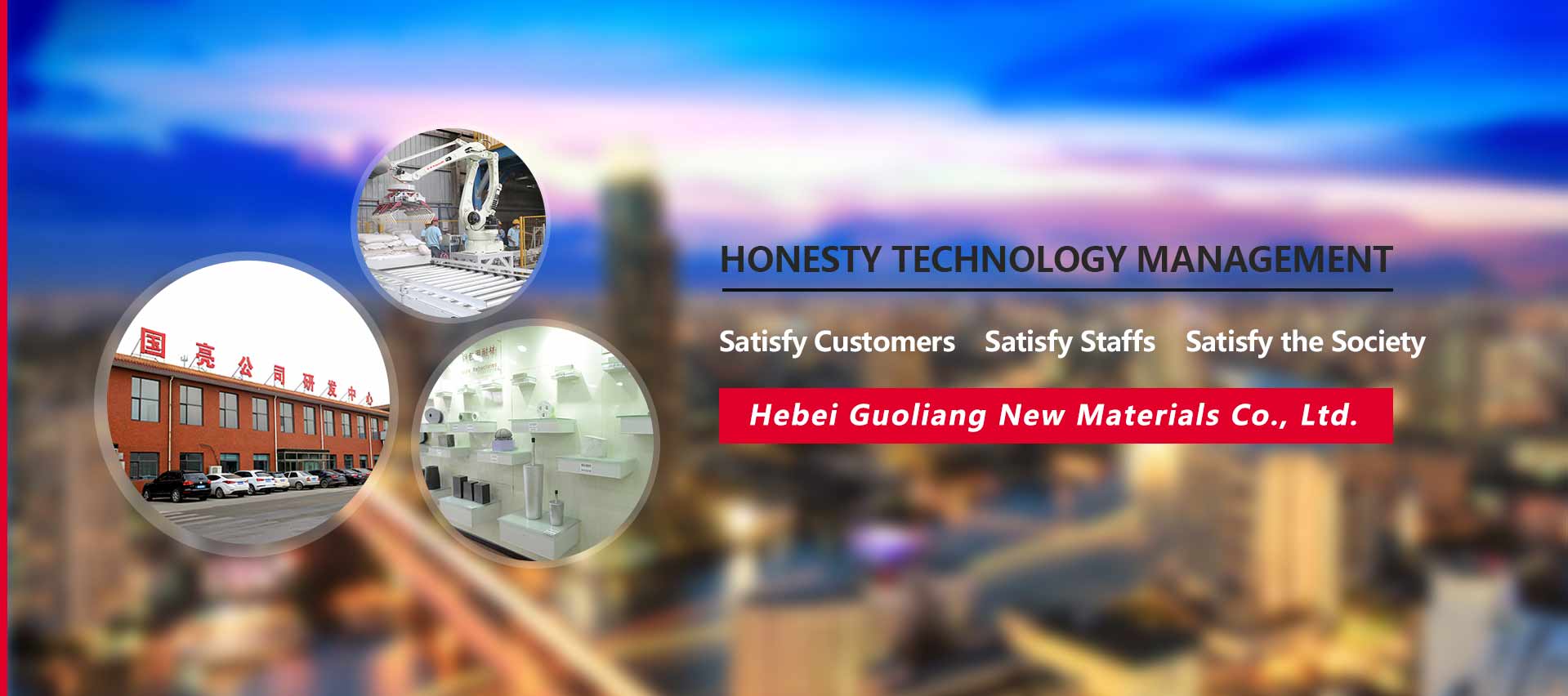Status and prospects of refractories in the United States
The growth rate of the steel industry and other economic sectors and the decline in demand for refractories continue to affect the refractory industry in the United States, resulting in a reduction in demand for refractories.
In 1970, the unit consumption of refractories used in the U.S. steel industry was 27 kg/t steel, while the current average consumption was 9-10 kg/t steel. The highest production of refractories in the United States was in 1979 (6 million tons), and now it is down to 3-3.5 million tons.
The major reasons for the great changes in the refractory industry in the United States are: mergers, streamlining, business closures, trademark cancellation, reduced labor force, etc. For example, in 1970, the following seven companies were independent refractory producers: Charles Taylor Refractories General Refractories, A, P, Green Refractories, Norht American Refractories, Harbison-wallker Refractories (United States, Germany), Didier Refractories (Germany), Radex Refractories (Austria). But by 2001, after many mergers and reorganizations, these companies were merged into a company called RHI refractories. The decline in the level of refractories in the region is also a factor affecting the situation. There are fewer and fewer universities in the United States that offer refractory specialties and laboratories and can provide refractory professionals to businesses. In addition, low professional income, lack of technological development prospects, insufficient government funding for research and other social problems are factors affecting the development of refractories in the United States.
Refractory sales in the United States in 2001 were $1.907 billion, down 7.6% from 2000, the lowest since 1987, according to the Department of Commerce. Sales of various refractories have declined since 1997, but more specific studies have shown that demand for individual refractories has increased on the basis of a decline in total refractory production. For example, non-clay refractories accounted for 60% of sales in 2001, compared with 57%, 59%, 57% and 58% in the past four years. The output of magnesia carbon bricks increased by 30% in 2000-2001.
U.S. steel production in 2002 was 0.3% lower than in 2001, and slightly increased in the first half of 2003, but the downturn in the refractory market will not change much.
The uncertain trends in the world and domestic markets in the United States will continue to affect the production of companies, but the economic situation in the United States has improved, with many refractory companies claiming that their sales increased in the first half of 2003 and are expected to increase further. According to the latest forecast, the demand for refractories in the United States will increase by 2.2% annually, and its market sales will reach $2.4 billion by 2007.
Large-scale mergers and acquisitions in the refractory industry have ended, and refractory users may not have to start using refractories in large quantities in the near future, according to a U.S. research firm. It can be seen that the development trend of refractories industry in the United States is more flexible than simple prediction. Aluminum silicate refractories will give way to silicon carbide, zirconia, magnesium oxide and other promising materials, and amorphous materials will replace the traditional shape-setting materials.


